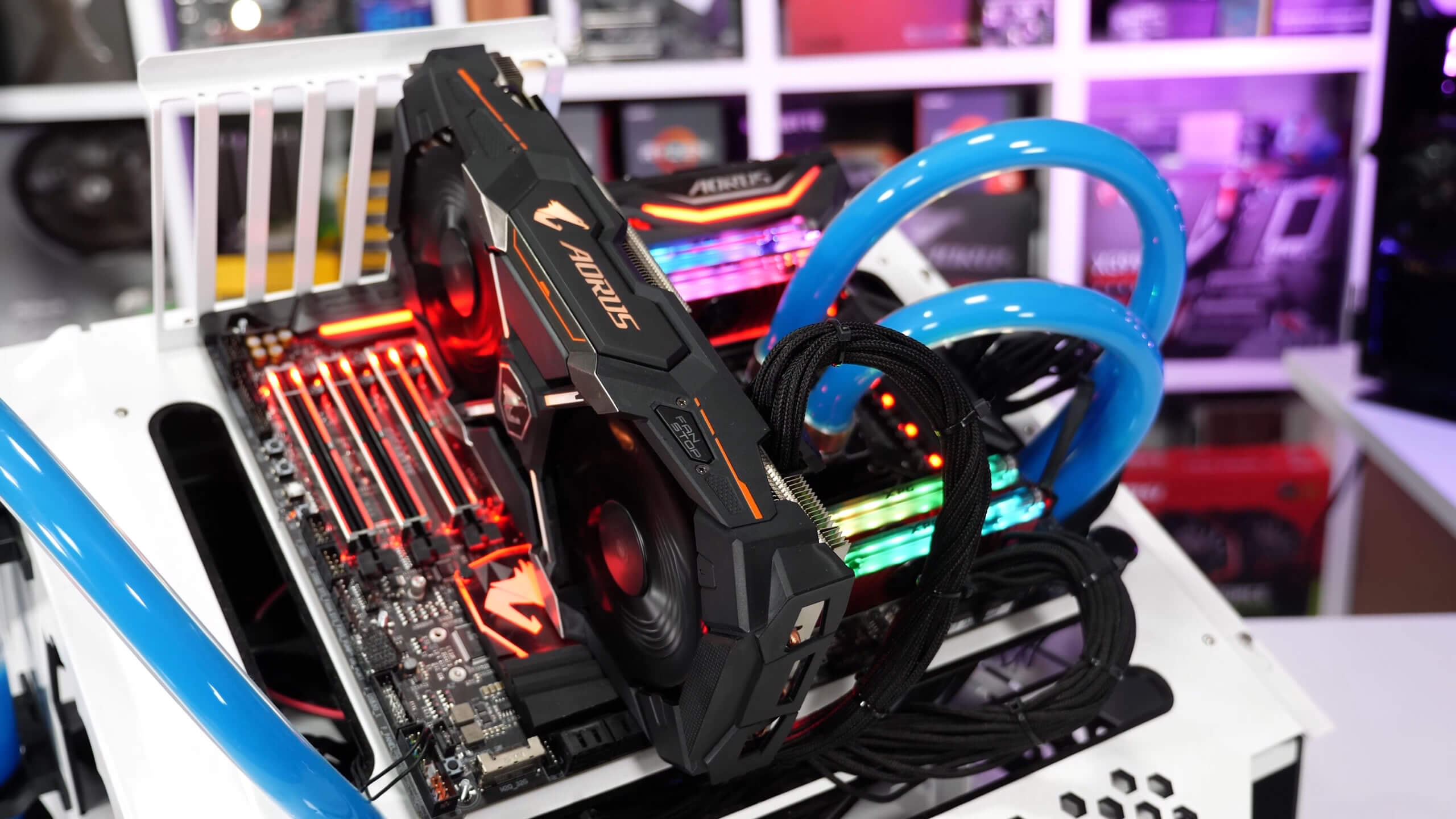The VEGA/polaris fiasco is something I called back in 2015. AMD split their meger resources on 2 different GPU architectures, just like 3DFX, and just like 3DFX, the GPUs that resulted were of poor quality.
Now, the 480 vs 1060 argument isnt as black and white. The 8GB 480 was better in most games then a 6GB 1060, and 4GB 480 VS 3GB 1060 was a no brainer. since launch, the 480 has only improved.
The problem is that AMD did nothing. Vega should have been put on the back burner, and larger Polaris chips should have been made, like a 3072 and 4096 core part. They would have been more competitive then VEGA 56/64 thanks to a lower price (and the power consumption argument is a moot point seeing as vega is a power hog anyway), and more importantly, they wouldnt have let nvidia rake in the profits cornering the high end market for more then a year and a half.
Thankfully, with Raja gone as well as their head of marketing (why people miss that clown is beyond me) AMD seems to have become more serious, I only hope Navi delivers. We really dont need a third generation of "Nvidia dominated everything above $200".
How about stop focussing on the more cores for your money modus operandi and focus on IPC. Ryzens success has little to do with cores, the phenom II x 6 came out a decade ago and no one cared, but with a vast improvement of IPC from the quasi multi core FX series.
Once you remove the niche of gamers and HEDT multi taskers you are left with the average consumer who runs programs that rely on high IPC rather then six cores.
FYI, I have a six core CPU so I fall into the niche group of gamers and multi taskers.
Agreed. As much as enthusiasts love to scream "WE NEED MOAR CORES FOR EVERYBODY TO GET RID OF DUAL/QUAD CORE CPUS FOREVER" the reality is 99% of users are just fine with a high end dual core. A modern dual core i3 can play just about any game out there, and now they are basically i5s, which are overkill for most users.
AMD is selling right now, but intel has come out with six core i7s with coffee lake, and they are putting a lot of pressure on AMD. AMD's core design will be a huge advantage in the server space, assuming they can keep up yearly improvements to things like cache and memory controller, but IPC should be a top priority for future CPU cores, especially with keller at intel now.
